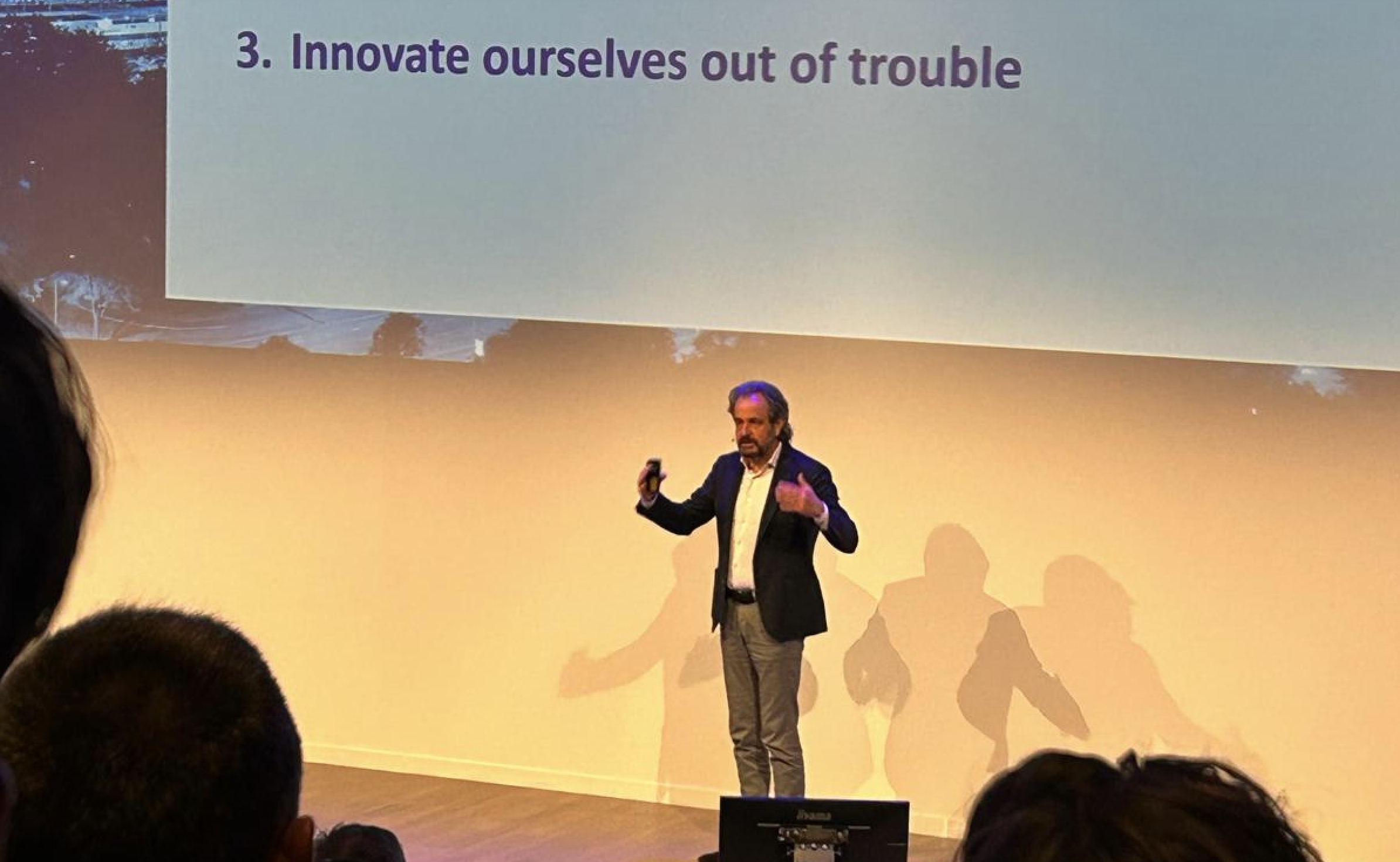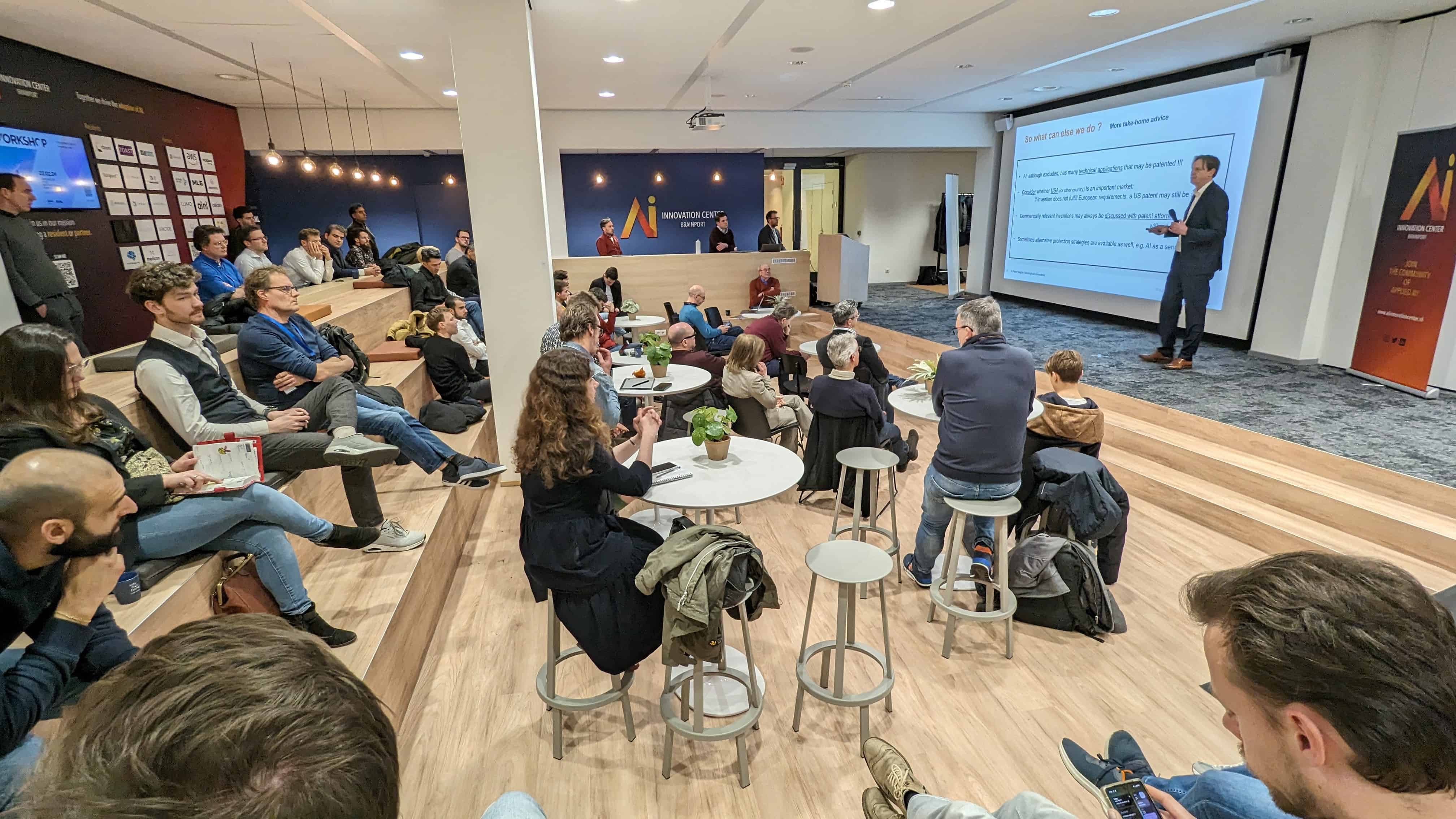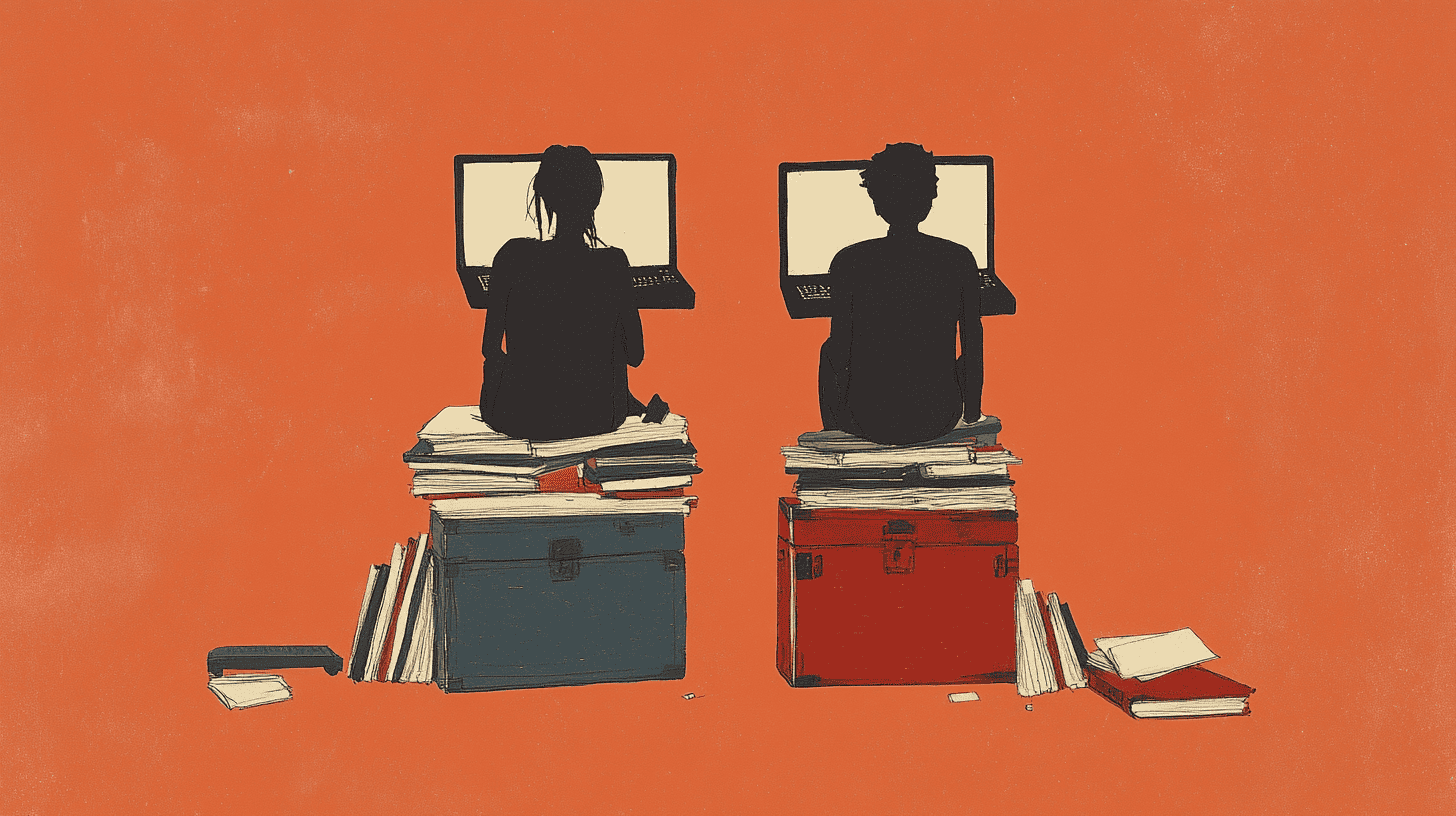
Millions of people have impaired vision, which negatively affects their daily life in various ways. Many of them have central vision loss, in which the centre of their field of vision is blurred so much that they have difficulty reading and carrying out other activities. A new research project “Reading the Reader” at the Technical University of Denmark will address this problem. Researchers are developing an artificial intelligence model that decodes reading patterns in people with central vision loss and adapts the reading material to the individual person, says the university in a press release.
Associate Professor at DTU Compute Per Bækgaard will lead the development of the artificial intelligence model. “The project involves developing a model that enables us to rapidly decode a person’s reading patterns and simultaneously set, for example, the font size, contrast or spacing between letters on a mobile phone, a tablet or other screen, so that the material is optimally adapted to the person’s reading pattern, thereby providing the optimal reading experience and improving reading speed,” explains Bækgaard in a press release from the Novo Nordisk Foundation.

Difficulty in education
Reading can be a challenge for people with central vision loss. Many have to move their heads from side to side and forward and back to read the text. If the text is displayed on a tablet, a mobile phone or a computer, they also often adjust the contrast, increase or decrease the brightness or change the font size.
The many adjustments required to read a text often makes taking an educational programme more difficult for people with central vision loss and can also result in social problems. The research project is taking a new approach to this problem.
“Much is already being done to help people to improve their reading, but the reading material is still predominantly static. We would like to determine whether we can use modern technology to categorize the reading patterns of people with central vision loss and then use this knowledge to alter the reading material to automatically improve the reading process,” says Bækgaard.
Tracking eye movements
The model primarily uses eye-tracking to follow a person’s eyes while they read and can thereby identify when they start skipping lines, how they move their heads to enable them to read and how their pupils expand and contract during different reading experiences. The model should then be able to decode the reading experience of each person and thus dynamically adjust parameters.
Lastly, the project also aims to answer the question of why some people have difficulty reading.
Selected for you!
Innovation Origins is the European platform for innovation news. In addition to the many reports from our own editors in 15 European countries, we select the most important press releases from reliable sources. This way you can stay up to date on what is happening in the world of innovation. Are you or do you know an organization that should not be missing from our list of selected sources? Then report to our editorial team.







